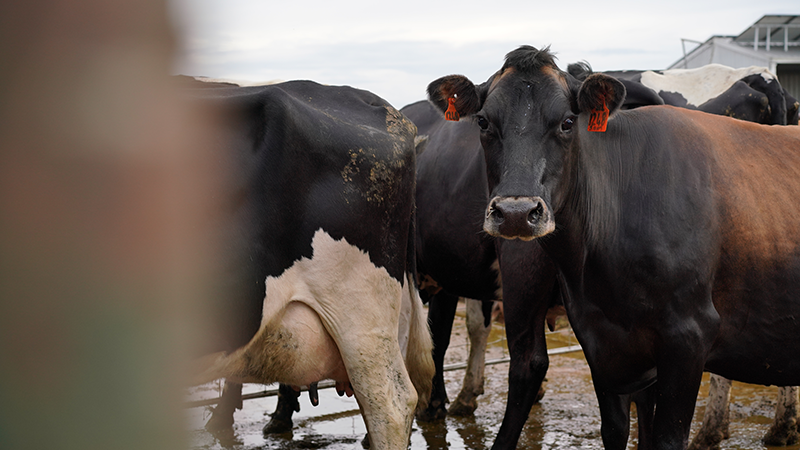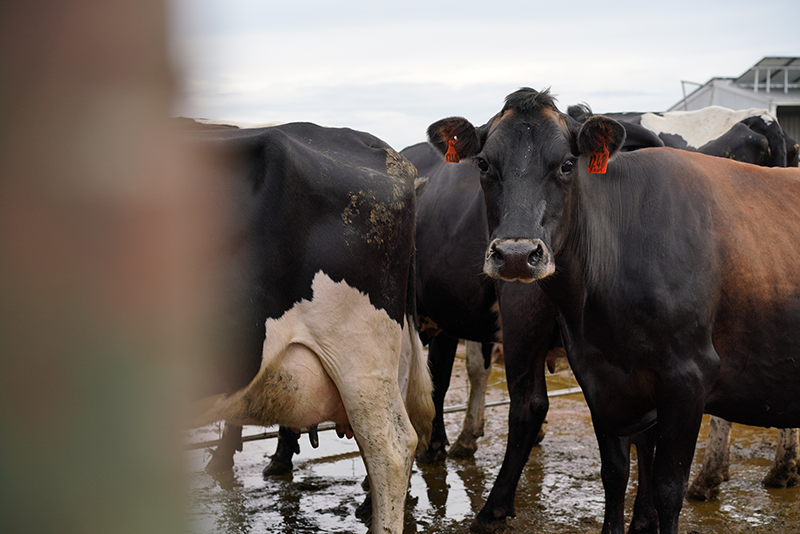
Animals still suffering from flood disaster
The 2022 flood crisis ranked as the biggest natural disaster in Australian history, wreaking more than $5 billion worth of damage. But what that figure fails to portray is the severe and lasting physical implications for livestock in the devastated regions.
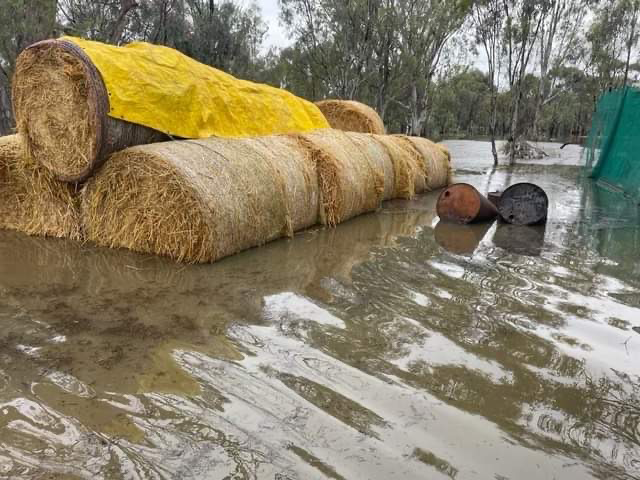
A crippled supply chain
Fodder was dangerously scarce at the height of the flood emergency; damaged crops, machinery and roads meant quality hay was hard to find. Sadly, six months on, little has changed. What little quality hay is available has been hit by skyrocketing prices—estimated to be up by 70%—leaving many animals underfed, or relying on lower quality feed that affects their wellbeing.
Insufficient nutrition can lead to poor health, stunted growth, malnutrition and even death. The animal’s ability to grow and reproduce healthy offspring also becomes compromised, making the knock-on effects last years. Industry insiders are estimating the ongoing impacts will be felt for at least 12 months and even longer if more extreme weather events occur.
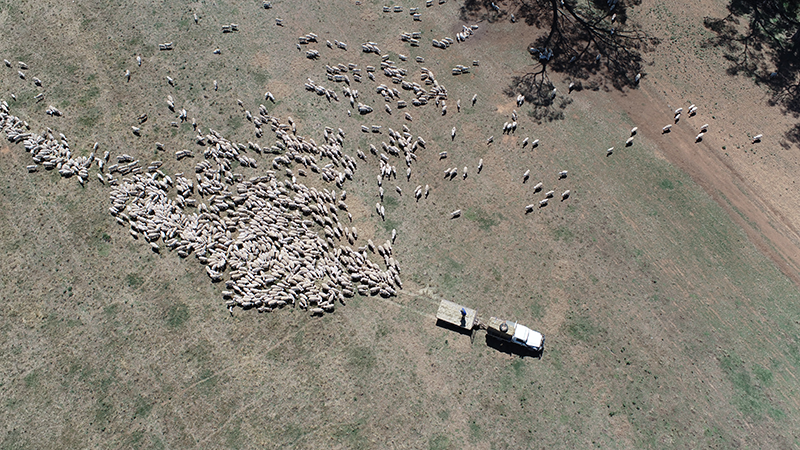
Since December 2022, Rural Aid has assisted 120 farmers across 11 towns with hay deliveries. The 1,605 bales of hay delivered have helped feed more than 16,000 starving animals, but the need is ongoing.
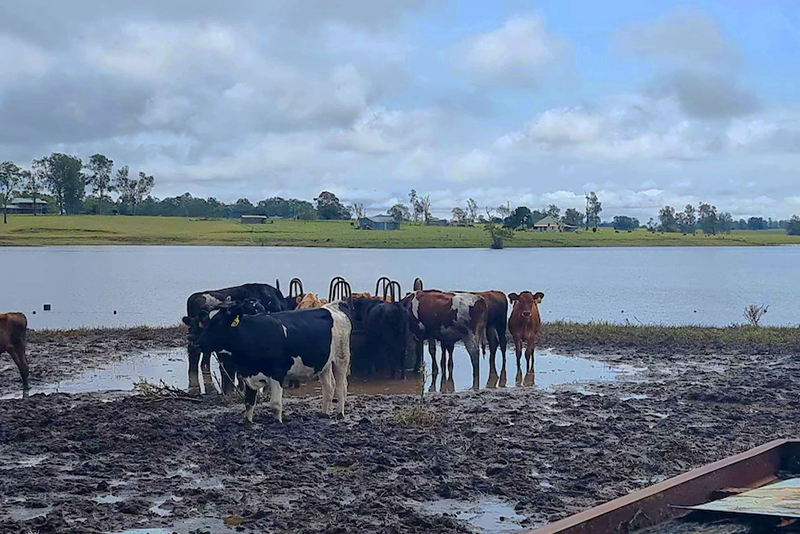
Living in a disaster zone
It’s thought around 475,000 cattle are currently living in a region impacted by the flood disaster. Even for the animals that survived the initial flooding, the outlook is far from positive, with livestock living in sodden paddocks at much higher risk of developing infection or contracting diseases.
In addition to harmful bacteria and parasites, the extreme distress felt by these displaced and suffering animals can be devastating. Elevated stress levels can cause weight loss, reduced immune response, and death. Even stock that have been fed sufficiently are still susceptible to the effects of a heightened state of stress.
Damage to infrastructure and power cuts can leave milking sheds inoperable, causing dairy cows to suffer mastitis, sickness, or lameness, to the distress of their farmers.
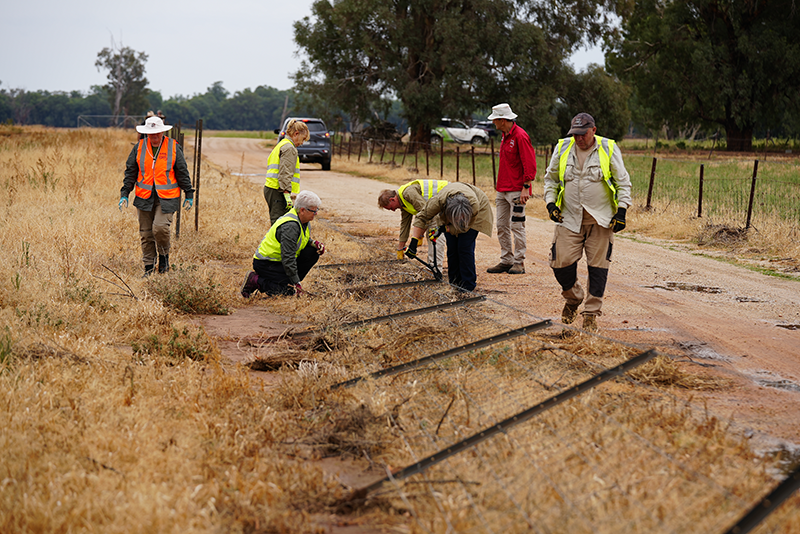
In March 2023, 25 Rural Aid volunteers travelled to flood-ravaged Eugowra in Central West New South Wales to assist local farmers with rebuilding fencing and damaged property. As a result, herds were able to be transferred back to dry, safe paddocks to resume life as normal.
There are further recovery visits scheduled, with 20 volunteers heading to Kerang in regional Victoria later this month, and four more visits to be planned over the next five months including Orbost, Three Springs and Northern New South Wales.
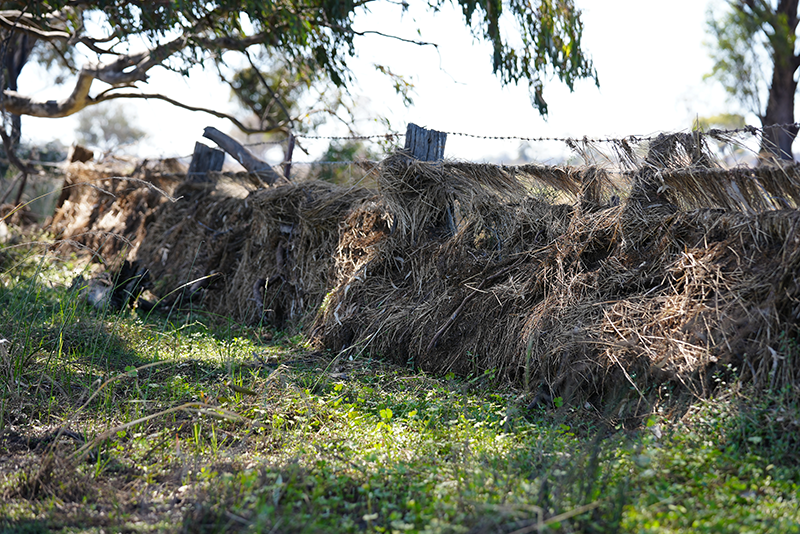
There is still so much to be done
Just as disaster response is time-critical, so too is addressing the longer-term problems caused by the disaster. Until the local ag industries can claw back to normality, they will run at a deficit—meaning livestock welfare, budgets and wellbeing will suffer.
Kimberley Pilbara Cattlemen’s Association CEO Mick Sheehy said in addition to the significant loss of livestock, the scale of the damage indicated a long road to recovery ahead.
“Thousands of kilometres of fencing has been washed away along with yards, roads and equipment. Add to that the stock loss, the damage to property and repair costs, the clean-up job required plus the future impact on livelihood and cash flow, it’s going to be tough times ahead for many of our producers,” he said.
Since the onset of the crisis, Rural Aid has been on-the-ground in flood-affected regions, supporting struggling properties and starving animals. With the help of our dedicated supporters, Rural Aid is proud to be continuing to help rebuild the bush and stand with our farmers—and animals—when they need it most.

